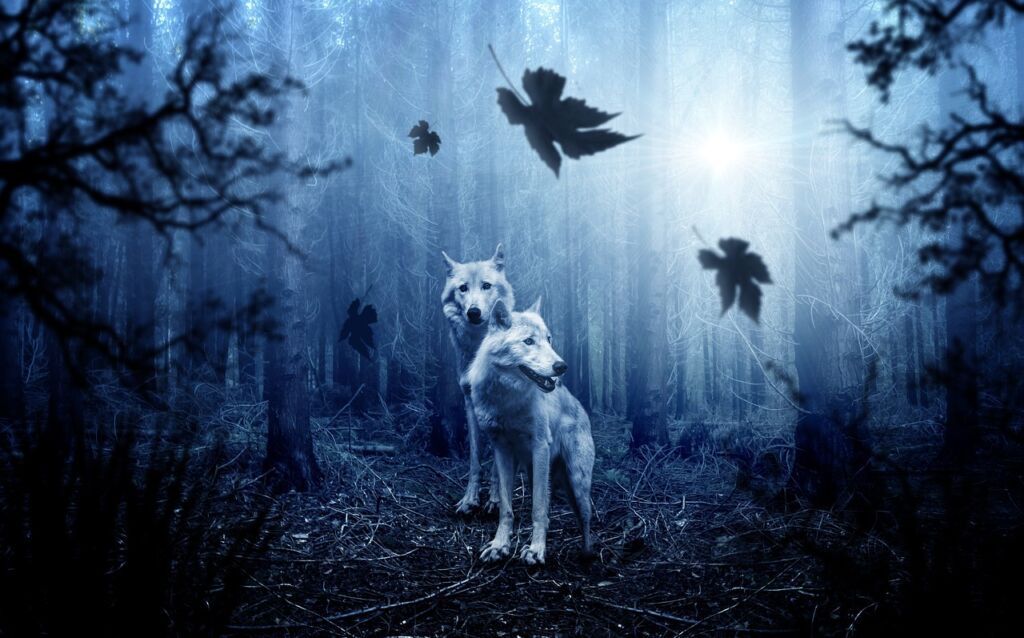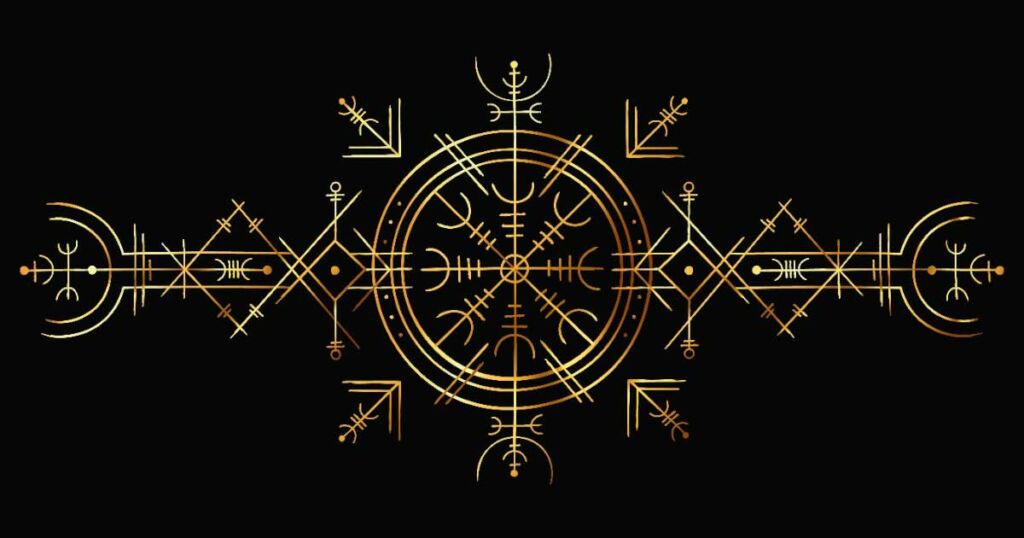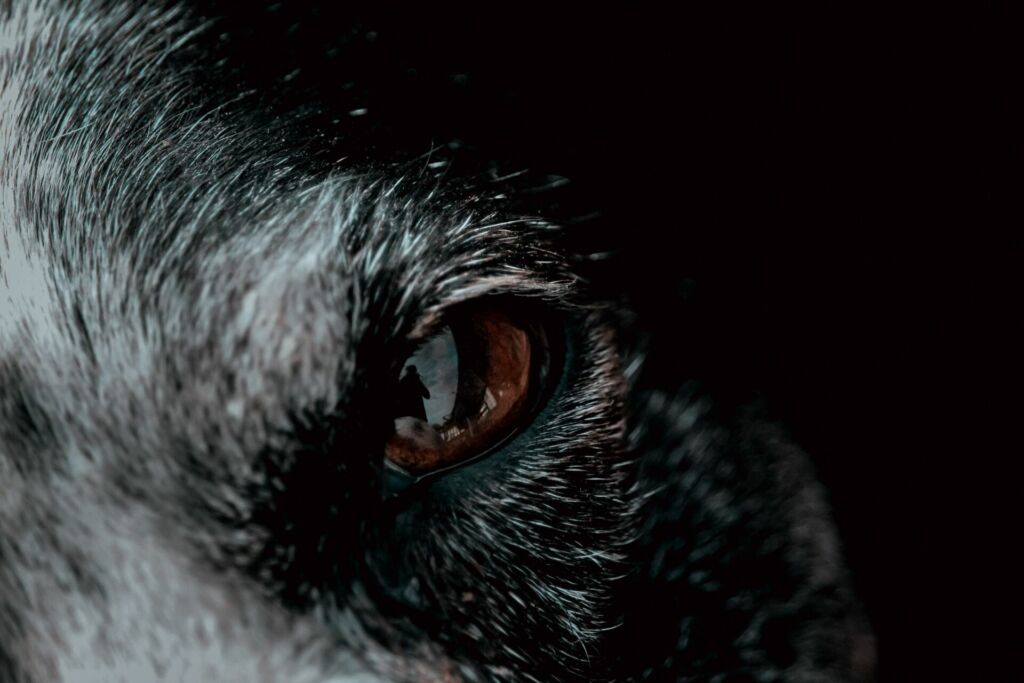Wolves have always held a special place in the hearts of the Norse people. They have been depicted in many Viking sagas, stories, and myths as powerful, majestic, and fiercely loyal creatures. The wolf is a recurring symbol in Norse mythology and Viking culture, representing strength, courage, and guardianship.
Odin’s Wolf
In Norse mythology, wolves are often associated with the god Odin. Odin is the chief god of Norse mythology and the ruler of Asgard, the home of the gods. He is known as the god of wisdom, war, and death. One of Odin’s most important symbols is the wolf, which is often depicted in art and stories as his loyal companion. According to Norse myths, Odin had two wolves, Geri and Freki, which were said to be his faithful companions and were always by his side. These wolves were often portrayed as fierce warriors, who fought alongside Odin in battles and protected him from harm.
Fenrir Wolf
One of the most famous wolves in Norse mythology is Fenrir, the son of Loki, the god of mischief and trickery. In Norse myths, Fenrir is a giant wolf who is bound by the gods to prevent him from wreaking havoc in the world. The gods feared his power and bound him with a magical chain that was unbreakable. But it was prophecized that Fenrir will break free in the final battle of Ragnarok and devour Odin, the father of all gods.

Goddess Freyja
Wolves were also associated with the goddess Freyja, the goddess of love, fertility, and war. She is known to have a chariot that was pulled by giant wolves. Freyja is also considered to be the goddess of death and the afterlife, and it is believed that the souls of warriors who died bravely in battle would be taken to her hall by wolves.

Vikings Culture
In Viking culture, wolves were considered a symbol of strength and courage. Vikings believed that wolves were powerful animals who were fierce in battle and fiercely loyal to their pack. They often used wolf imagery in their art, weapons, and jewelry as a way of channeling the strength and power of the wolf. The wolf was also a popular tattoo design among Vikings, who believed that the wolf would protect them in battle and give them the courage to fight.
Wolves also played an important role in Viking society as they were not just seen as fierce predators but also, they were respected for their ability to hunt and provide food for their pack. Many Viking communities would breed and train wolves to help in hunting and herding. In fact, Norse people often named their settlements after wolves, such as the town of Bjarkarøy, meaning “Bear Island”, and Vesterøy, meaning “West Island”.

Conclusion
In conclusion, the wolf is a powerful symbol in Norse mythology and Viking culture, representing strength, courage, and loyalty. They are often associated with the god Odin, and goddess Freyja, as well as powerful figures in Norse myths and Viking stories. As powerful predators and loyal companions, they have played an important role in Viking society and the mythology of Norse culture. The wolf imagery is often found in Viking art, weapons, and jewelry as a way of channeling the strength and power of the wolf. Even today, the wolf remains an important symbol of Norse heritage, and it’s often used in modern Viking jewelry and as tattoo designs as a symbol of strength, courage, and heritage.



